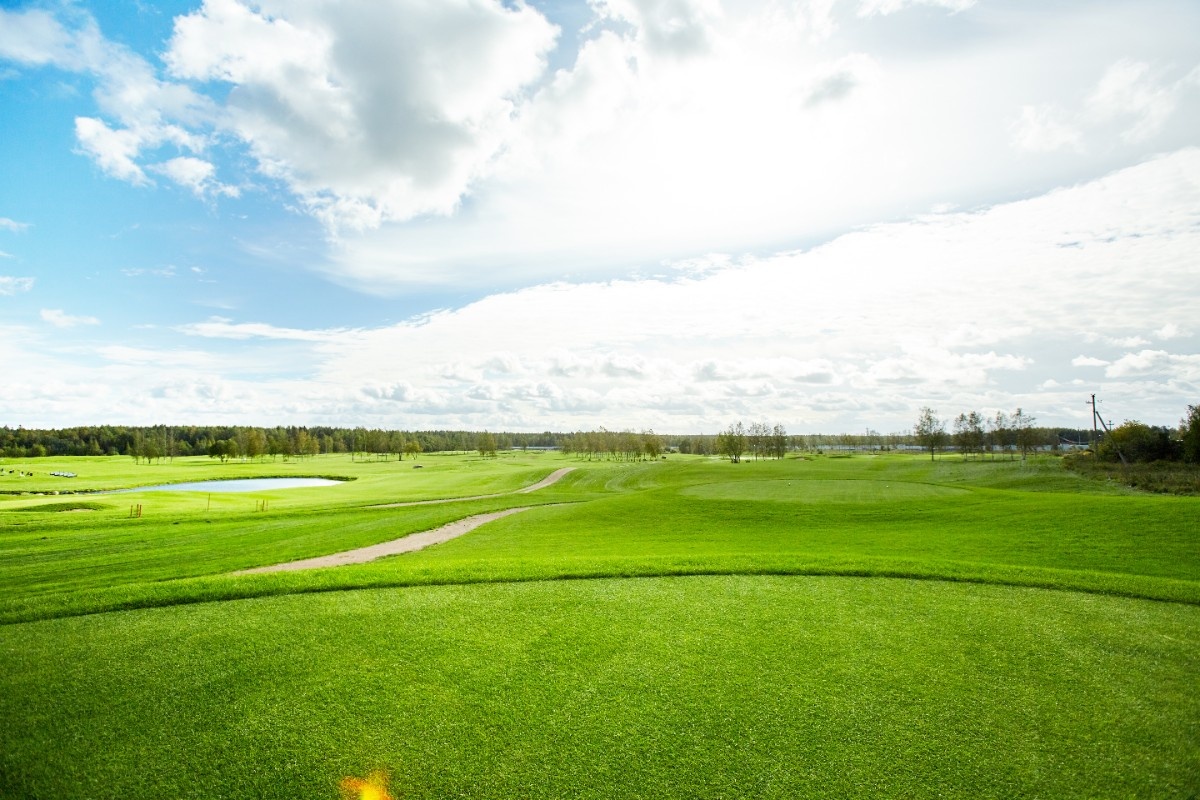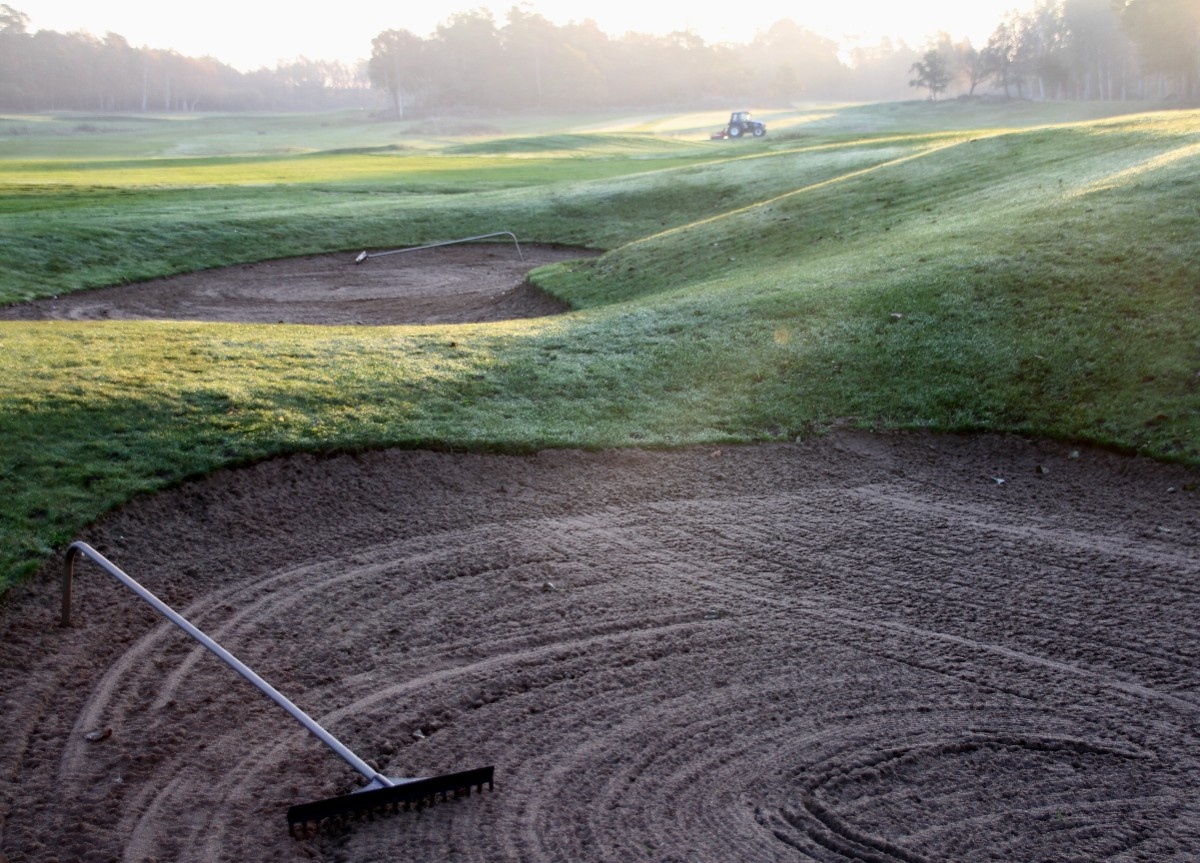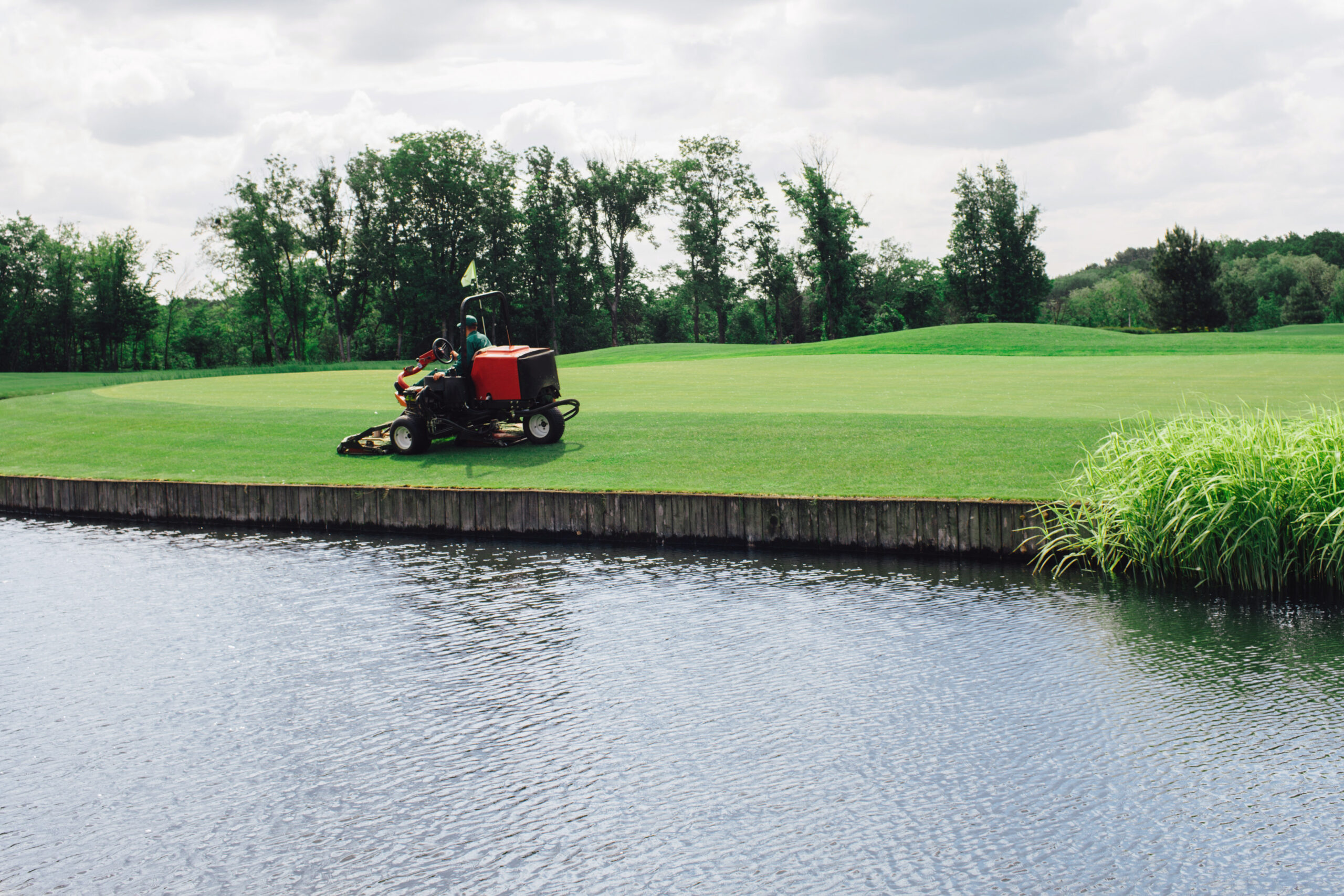Golf Course Upkeep: A Maintenance Guide
Morning dew clings to the fairways just before the first tee time. Greenskeepers already clocked in hours ago. The hum of mowers echoes quietly across the course. Few notice the effort behind that pristine look, but maintaining a golf course isn’t just about keeping it green—it’s about delivering consistent playability under pressure from budgets, weather, foot traffic, and time.
Years ago, during a summer job at a local course, I watched the superintendent spend 15 minutes adjusting the height on one greens mower. That tiny change translated into faster greens for a weekend tournament. Nothing fancy. Just focus and consistency. That’s the essence of golf course upkeep.
Turfgrass Doesn’t Wait
Grass doesn’t take days off. Mowing schedules must adapt to temperature, rainfall, and player traffic. Fairways often need mowing three to four times a week, tees at least twice, and greens—daily. Missing a single cycle during a humid stretch can lead to disease pressure, thatch buildup, and slow, uneven ball roll.
Bentgrass or Bermuda? The difference matters. Cool-season grasses need light, frequent mowing and irrigation, while warm-season grasses thrive with deeper watering and more aggressive trims. Mismatched care throws everything off balance.
Precision is Everything on the Greens
Greens require surgical-level maintenance. Soil moisture, mower sharpness, roller pressure, and clipping yield all play into daily decisions. A single misstep—skipping aeration, neglecting topdressing, or running a dull blade—can result in patchiness or soft spots that affect putting speed and direction.
Topdressing with sand is essential, even during play. It’s messy in the short term, but necessary for long-term performance. Players might grumble about sand on the surface one week, then thank you the next for smoother rolls and faster greens.
Irrigation Isn’t Just About Water
Smart irrigation is a blend of data and intuition. Automated systems help—but they aren’t perfect. Hand-watering is critical during dry periods, especially around bunker edges, walkways, and high-traffic zones.
Drainage systems are just as important. I once helped a crew install 300 feet of French drains behind the 7th green. The change was immediate. No more puddles. No more muddy approaches. Just clean, firm playability—even after storms.
Bunker Maintenance Is a Grind
Bunkers are one of the most high-maintenance features on any course. After a storm, they become concrete-hard or fill with water. Raking isn’t enough. Crews spend entire mornings pushing water, redistributing sand, and trimming edges.

Switching to angular sand with better drainage transformed one site we worked on. Players got better lies, and maintenance time dropped significantly. These small upgrades ripple across the course in a big way.
Traffic Management Makes or Breaks Turf Health
Golf carts and foot traffic grind down turf faster than weather. Rope lines, directional signage, and cart path controls aren’t just for looks—they protect the most vulnerable areas of your course.
Superintendents rotate pin and tee placements strategically to allow recovery. I’ve helped mark new pin positions at 5 a.m. with notes on slope, past traffic, and hole visibility. It’s all about spreading impact to avoid worn-out zones.
Fertilizer: Not a Cure-All
Healthy turf doesn’t come from dumping more fertilizer. Over-fertilization leads to soft, spongey greens that invite disease and cut poorly. Under-fertilized turf becomes weak and patchy, prone to drought stress and wear.
Granular fertilizers are best during spring and fall. Liquids work better in heat. And micronutrients matter more than most realize. A slight deficiency in iron or potassium can show up as poor recovery or pale color long before it becomes a crisis.
Pest and Disease Pressure Shifts by Season
Diseases like dollar spot, brown patch, or Pythium blight show up when the environment favors them—often overnight. Most courses follow seasonal treatment schedules, but weather changes can force extra fungicide or insecticide applications.
Daily visual monitoring is key. I once spotted a silver-dollar-sized patch on a par-three green during morning prep. By lunch, it had ballooned to three feet wide. The earlier you catch it, the easier it is to recover.
Equipment Needs the Same Attention as Turf
A mower with a dull blade shreds turf rather than slicing it. That damages the plant, increases water loss, and leads to tip browning. Reel mowers especially require constant sharpening, backlapping, and bedknife adjustments.
At one semi-private club, the mechanic cleaned every mower weekly—greased, tightened, inspected. His motto: “Your turf tells on your tools.” And he was right. Well-maintained gear directly translates into better playing surfaces.
Scheduling Maintenance Around Play Is a Balancing Act
No maintenance plan survives first contact with a packed tee sheet. Crews often work in tight windows—pre-dawn, midday lulls, or post-sunset cleanup. The pressure is constant, and every task has to happen without interrupting play.

I’ve lost count of how many times I chased a mower off a green to beat an early group. Those moments don’t show up in job descriptions, but they’re the reason the course plays well day after day.
Seasonal Transitions Are the True Test
Spring and fall stretch every crew to their limits. Spring means irrigation startup, aeration, fertilization, and debris cleanup. Fall brings leaf removal, snow mold prevention, and bunker prep for freeze-thaw cycles.
After one wet spring, we pulled more debris in seven days than we had the entire previous year. Mud ruts, clogged drains, moss blooms—it was chaos behind the scenes. But to the players? Seamless.
Renovation Work Takes Patience
Renovating greens, tees, or bunkers isn’t a weekend project. Proper turf renovation takes months of planning—soil testing, drainage design, seeding, and grow-in timelines. Rushing the process leads to years of maintenance headaches.
On a practice green build I supported, it took 90 days just to get from excavation to first mow. Six inches of sand, a gravel layer, drainage tile, and precision grading all had to settle before turf was even rolled out.
The Right Crew Makes the Difference
The best superintendents know: plans mean nothing without a trained, motivated crew. Good crew members read turf, anticipate problems, and adapt without being told.
In peak season, roll call happens at 4:30 a.m. Radios on, checklists ready, assignments handed out before sunrise. It’s a rhythm that builds over time—and it’s how courses stay ready every single day.
For courses looking to streamline major maintenance projects, handle large-scale renovations, or reduce downtime from drainage and infrastructure issues, National Facility Contractors delivers turnkey solutions designed around performance, playability, and long-term resilience.
Final Thoughts
Golf course upkeep isn’t glamorous. It’s long hours, early starts, tight windows, and a constant dance between appearance and function. But when it’s done right—when the greens roll true, the fairways drain clean, and the course quietly performs—players remember the round, not the work behind it.






